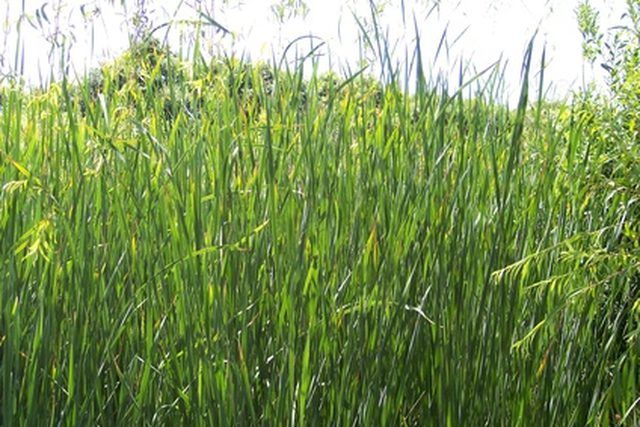Bulbs
Flower Basics
Flower Beds & Specialty Gardens
Flower Garden
Garden Furniture
Garden Gnomes
Garden Seeds
Garden Sheds
Garden Statues
Garden Tools & Supplies
Gardening Basics
Green & Organic
Groundcovers & Vines
Growing Annuals
Growing Basil
Growing Beans
Growing Berries
Growing Blueberries
Growing Cactus
Growing Corn
Growing Cotton
Growing Edibles
Growing Flowers
Growing Garlic
Growing Grapes
Growing Grass
Growing Herbs
Growing Jasmine
Growing Mint
Growing Mushrooms
Orchids
Growing Peanuts
Growing Perennials
Growing Plants
Growing Rosemary
Growing Roses
Growing Strawberries
Growing Sunflowers
Growing Thyme
Growing Tomatoes
Growing Tulips
Growing Vegetables
Herb Basics
Herb Garden
Indoor Growing
Landscaping Basics
Landscaping Patios
Landscaping Plants
Landscaping Shrubs
Landscaping Trees
Landscaping Walks & Pathways
Lawn Basics
Lawn Maintenance
Lawn Mowers
Lawn Ornaments
Lawn Planting
Lawn Tools
Outdoor Growing
Overall Landscape Planning
Pests, Weeds & Problems
Plant Basics
Rock Garden
Rose Garden
Shrubs
Soil
Specialty Gardens
Trees
Vegetable Garden
Yard Maintenance
How to Get Rid of Poa Annua Grass
How to Get Rid of Poa Annua Grass. Poa annua is a type of bluegrass that is considered an invasive weed species in many turf grasses. It is problematic for a bevy of reasons. The color of the blade is lighter than many other turf grasses making it difficult to blend in. It cannot perform well in summer heat causing die-back, thinning or patchiness....

Poa annua is a type of bluegrass that is considered an invasive weed species in many turf grasses. It is problematic for a bevy of reasons. The color of the blade is lighter than many other turf grasses making it difficult to blend in. It cannot perform well in summer heat causing die-back, thinning or patchiness. It also throws up tall seed heads in the late spring and early summer. Once the weed is established, it is difficult to eradicate entirely or quickly as ungerminated seeds survive in the soil for up to three years.
Things You'll Need
Lawn mower with catcher
Pre-emergent herbicide
Post-emergent herbicide with ethofumesate
Ventilator face mask
Mow your Poa-infected lawn weekly during the late spring and early summer when the seed heads are developing in profusion. Always use a catcher on your lawn mower to prevent the redistribution of seeds onto the thatch where they will germinate and start the plant process anew.
Spray a pre-emergent herbicide product on your Poa in early September before the seeds have a chance to germinate. Make a second application in the spring to catch the seeds as they are germinating. Repeat this treatment process every year until the problem is under control or eliminated. Apply the spray product according to the label directions being sure to wear a face mask to prevent accidental inhalation of the mist or vapors.
Apply a post-emergent herbicide product containing the active ingredient ethofumesate two to three times from September to December each year at four-week intervals. This product must be administered by a lawn care professional and is not sold retail. The limiting effect on the Poa can be seen in the fall after a treatment cycle but will improve even more the spring after treatment begins.